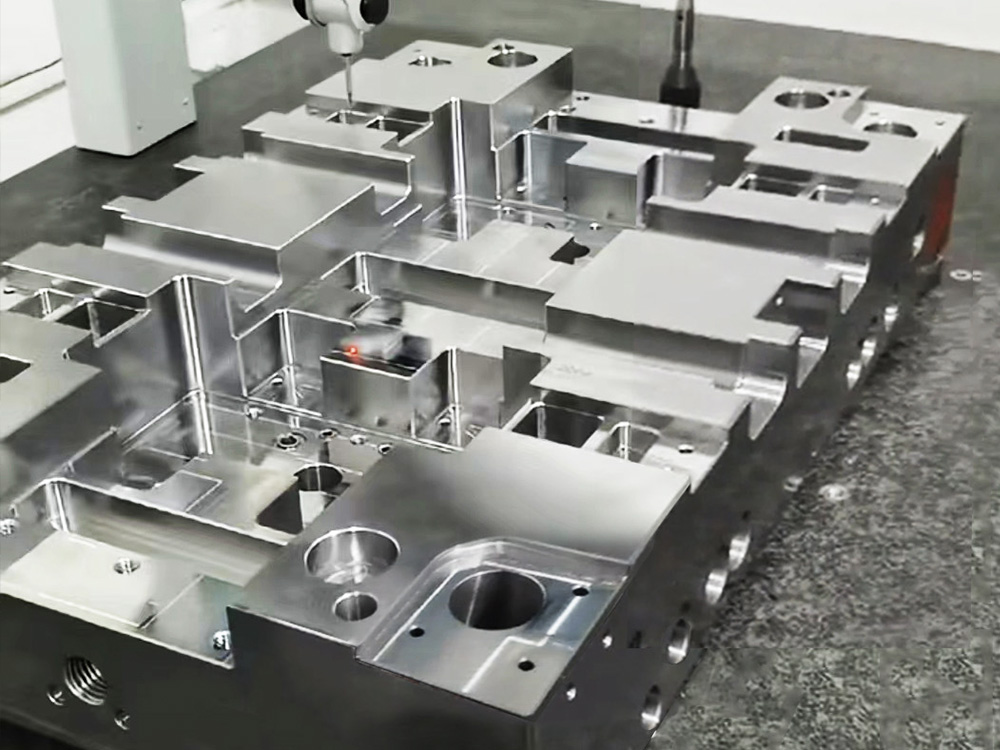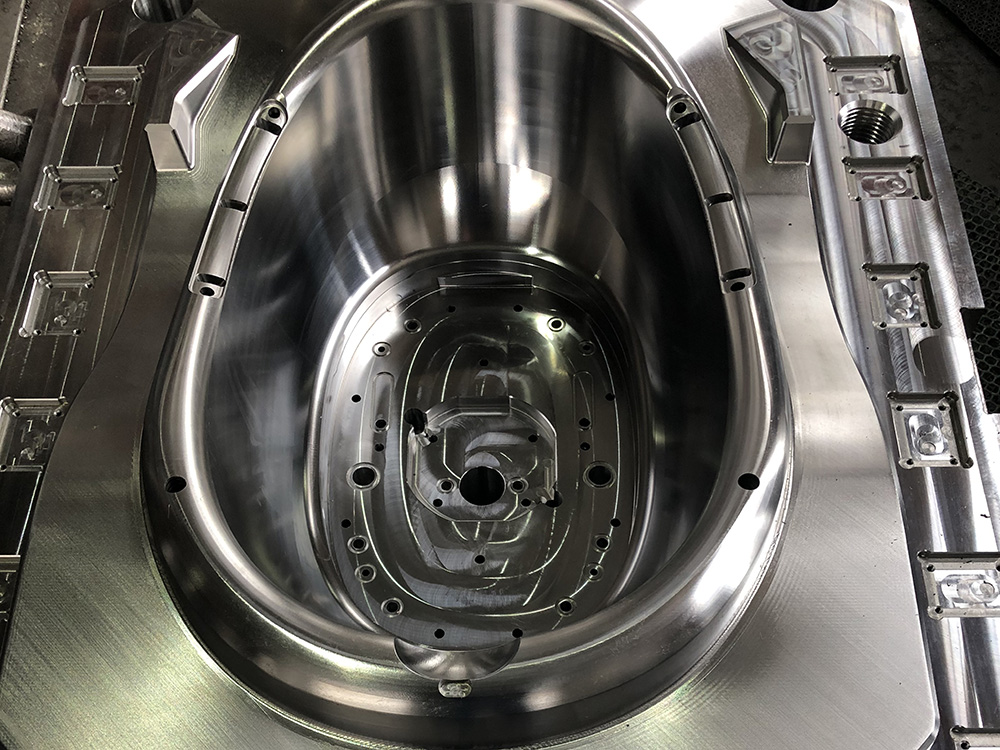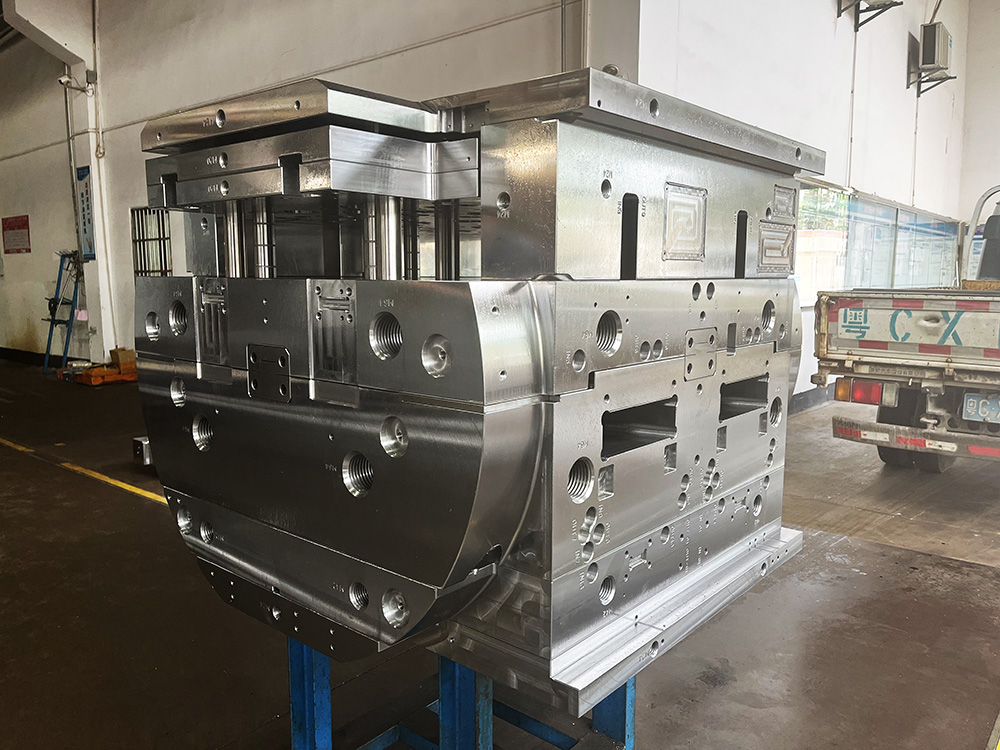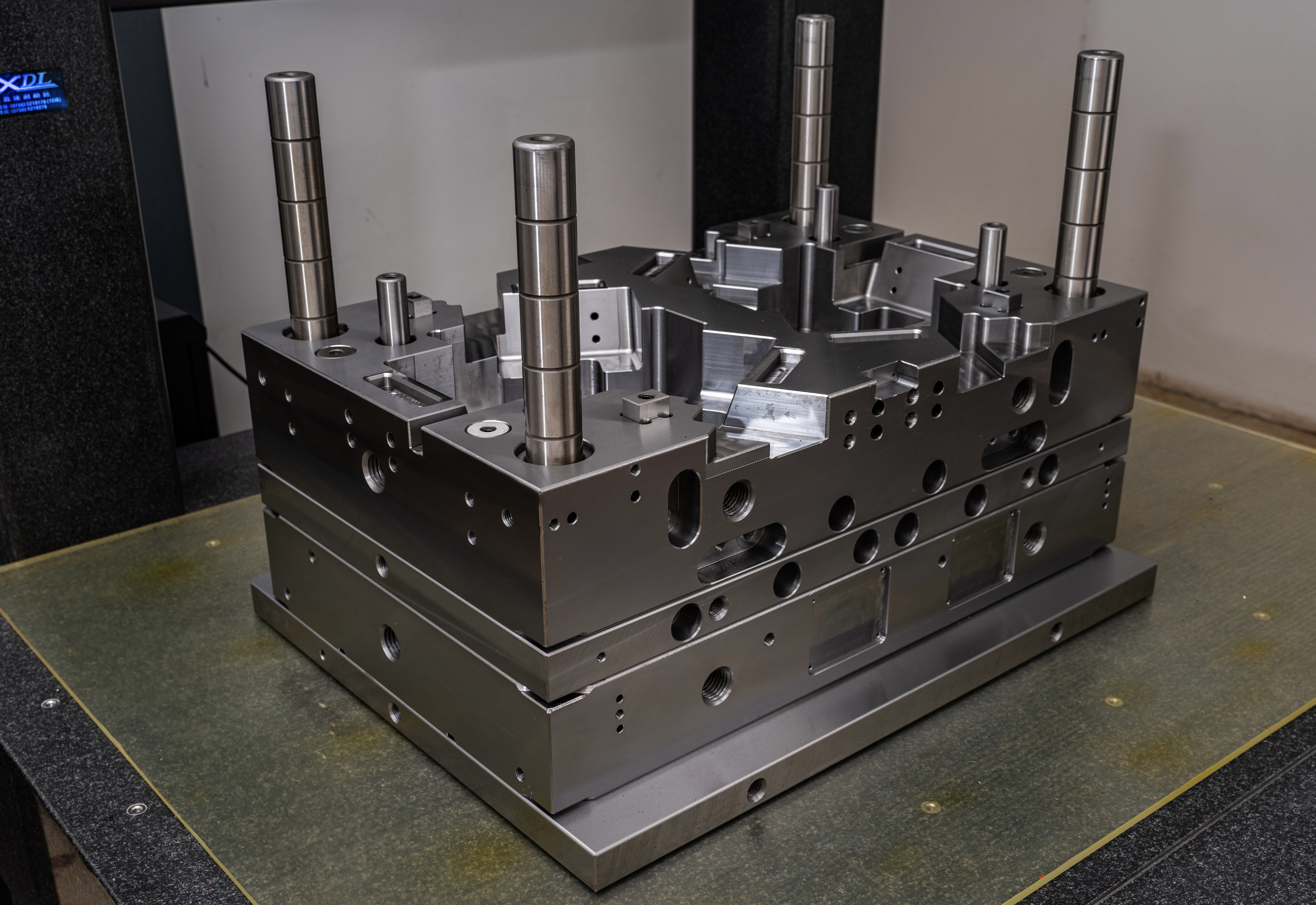The Significance of Mold Base Materials in the Modular Architecture System
In modular architecture systems, the mold base plays a critical role in the construction process. It serves as the foundation for the entire structure, providing stability and strength. The choice of template materials for mold base construction is therefore of utmost importance. This article will outline the key considerations and guidelines for selecting appropriate materials for mold bases in the modular architecture system.
Understanding Mold Base Requirements
Before delving into the selection process, it is crucial to understand the specific requirements of mold bases in modular architecture systems. The chosen materials must possess certain characteristics to ensure the success and longevity of the construction project. These characteristics include durability, dimensional stability, cost-effectiveness, and ease of fabrication.
Evaluating Material Options
There are several materials commonly used in the construction of mold bases, each with its own advantages and disadvantages. The following are some popular choices:
1. Steel
Steel is a widely-used material for mold bases due to its excellent strength, durability, and dimensional stability. It can withstand heavy loads and provides long-term structural integrity. However, steel can be costly and time-consuming to fabricate, making it more suitable for large-scale projects with significant budgets.
2. Aluminum
Aluminum is another popular choice for mold base materials in modular architecture systems. It offers good strength-to-weight ratio, ease of fabrication, and corrosion resistance. Aluminum mold bases are typically less expensive than steel ones, making them suitable for projects with tighter budgets. However, aluminum may not be as durable as steel, and its dimensional stability may be compromised under heavy loads.
3. Composite Materials
Composite materials, such as fiberglass-reinforced plastic (FRP), are gaining popularity in the modular architecture system due to their lightweight nature and high strength-to-weight ratio. FRP mold bases offer advantages such as corrosion resistance, low thermal expansion, and cost-effectiveness. However, composite materials may have limitations in terms of dimensional stability and temperature resistance.
Key Considerations for Material Selection
When choosing template materials for mold bases in modular architecture systems, there are several key considerations to keep in mind:
1. Project Budget
The allocated budget for the construction project will greatly influence the choice of mold base materials. Steel is often preferred for high-budget projects, while aluminum or composite materials may be more suitable for cost-conscious projects.
2. Load-Bearing Requirements
The anticipated loads and stresses that the mold base will experience must be carefully considered. Steel is known for its exceptional load-bearing capabilities, making it suitable for projects with heavy loads. Aluminum and composite materials can be chosen for lighter loads.
3. Environmental Factors
The environmental conditions at the construction site, including temperature, humidity, and exposure to corrosive agents, should be taken into account. Materials that offer corrosion resistance and dimensional stability under specific environmental conditions should be given preference.
4. Fabrication Process
The ease and cost of fabrication play significant roles in material selection. Some materials, such as aluminum and composite materials, are easier to fabricate than steel, reducing overall construction costs.
Conclusion
Choosing the right template materials for mold bases in modular architecture systems is crucial for the success of the construction project. By considering factors such as budget, load-bearing requirements, environmental conditions, and fabrication process, architects and engineers can make informed decisions and select the most suitable materials. Whether it's steel for maximum strength and durability, aluminum for cost-effectiveness, or composite materials for lightweight construction, the chosen materials should meet specific project requirements and ensure long-lasting, stable modular structures.




